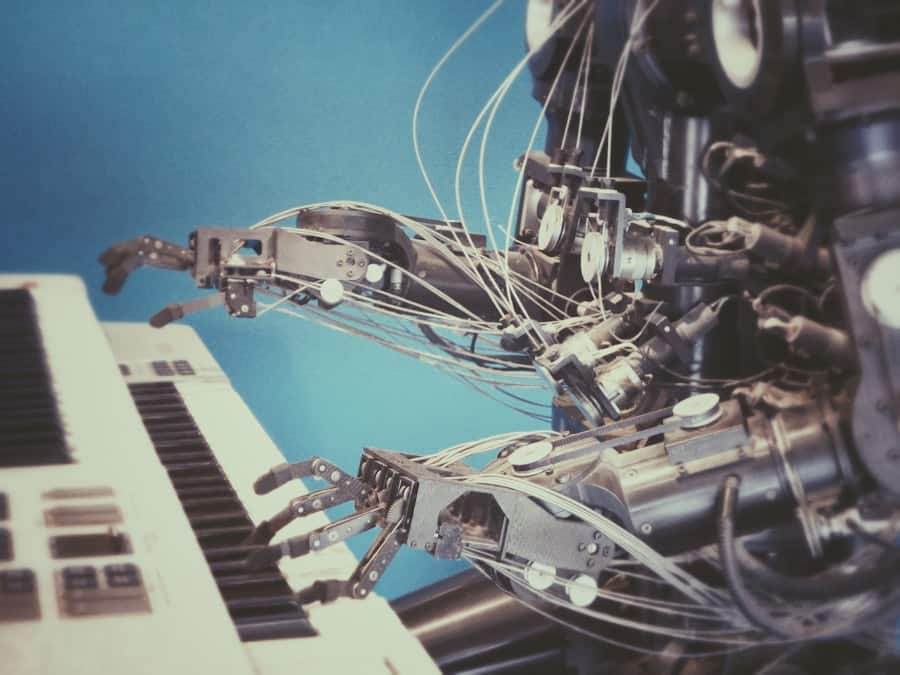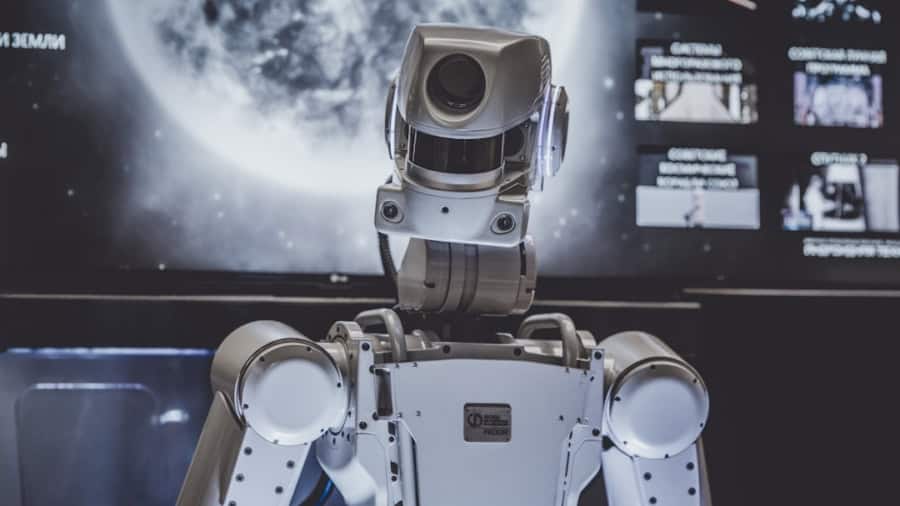The landscape of home delivery has undergone a significant transformation in recent years, driven by advancements in technology and changing consumer expectations. Automated home delivery solutions have emerged as a response to the growing demand for faster, more efficient, and reliable delivery services. As e-commerce continues to flourish, the need for innovative delivery methods has become paramount.
This shift is not merely a trend; it represents a fundamental change in how goods are transported from warehouses to consumers’ doorsteps. The integration of automation into the delivery process promises to enhance efficiency, reduce costs, and improve customer satisfaction. Automated home delivery solutions encompass a range of technologies, including drones, autonomous vehicles, and robotic systems.
These innovations aim to streamline the logistics of last-mile delivery, which is often the most complex and costly segment of the supply chain. By leveraging automation, companies can optimize their operations, minimize human error, and respond more effectively to the demands of a rapidly evolving market. As we delve deeper into the role of robots in home delivery, it becomes clear that these technologies are not just supplementary; they are becoming essential components of modern logistics.
Key Takeaways
- Automated home delivery solutions are revolutionizing the way goods are delivered to consumers, with robots playing a key role in this transformation.
- Robots are being used in home delivery to streamline the process, increase efficiency, and reduce human labor costs.
- The benefits of using robots for home delivery include faster delivery times, reduced errors, and improved customer satisfaction.
- Different types of robots, such as drones, autonomous vehicles, and robotic arms, are being used for home delivery to cater to different delivery needs and environments.
- While robots offer numerous advantages for home delivery, there are also challenges and limitations, such as high initial costs, regulatory hurdles, and technological limitations that need to be addressed for widespread adoption.
The Role of Robots in Home Delivery
Robots play a pivotal role in the evolution of home delivery systems, serving as both facilitators and executors of the delivery process. Their integration into logistics operations allows for a level of precision and efficiency that traditional methods struggle to achieve. For instance, autonomous delivery robots can navigate urban environments, avoiding obstacles and adhering to traffic regulations while transporting goods directly to consumers.
This capability not only reduces the reliance on human labor but also addresses issues such as traffic congestion and environmental impact. Moreover, robots can operate around the clock, providing a significant advantage over conventional delivery methods that are often limited by human working hours. This 24/7 operational capacity enables businesses to fulfill orders more rapidly, catering to the increasing consumer expectation for immediate gratification.
Companies like Starship Technologies have pioneered the use of small, wheeled robots that can deliver food and groceries within a short radius, demonstrating how robots can effectively serve local communities while minimizing delivery times.
The Benefits of Using Robots for Home Delivery

The advantages of employing robots in home delivery are manifold, extending beyond mere convenience. One of the most significant benefits is cost reduction. By automating the delivery process, companies can lower labor costs associated with traditional delivery methods.
Robots do not require salaries, benefits, or breaks, allowing businesses to allocate resources more efficiently. This reduction in operational costs can translate into lower prices for consumers, making products more accessible. In addition to cost savings, robots enhance the reliability and consistency of deliveries.
Automated systems are less prone to human error, which can lead to missed deliveries or incorrect orders. For example, a robot programmed with precise navigation algorithms can consistently find the most efficient route to a destination, ensuring timely arrivals. Furthermore, the use of robots can improve safety by reducing the number of delivery personnel on the road, thereby decreasing the likelihood of accidents associated with human drivers.
Types of Robots Used for Home Delivery
The spectrum of robots utilized in home delivery is diverse, each designed to address specific logistical challenges. One prominent type is the ground-based delivery robot, which typically resembles a small cart equipped with sensors and cameras for navigation. These robots are ideal for urban environments where they can maneuver through pedestrian traffic and deliver packages directly to customers’ doorsteps.
Companies like Nuro have developed larger autonomous vehicles capable of carrying multiple packages over longer distances, further expanding the potential for automated deliveries. Drones represent another innovative solution in the realm of automated home delivery. These aerial vehicles can bypass ground traffic entirely, delivering packages directly from warehouses to consumers’ homes in a fraction of the time it would take traditional methods.
Amazon Prime Air is one such initiative that aims to utilize drones for rapid package delivery, showcasing the potential for aerial logistics to revolutionize the industry. Each type of robot brings unique advantages and challenges, necessitating careful consideration by businesses looking to implement automated delivery solutions.
Challenges and Limitations of Using Robots for Home Delivery
Despite the numerous benefits associated with robotic home delivery solutions, several challenges and limitations must be addressed before widespread adoption can occur. One significant hurdle is regulatory compliance. The deployment of autonomous vehicles and drones is subject to stringent regulations that vary by region.
Navigating these legal frameworks can be complex and time-consuming for companies seeking to implement robotic delivery systems. Additionally, there are technical challenges related to navigation and safety. While robots are equipped with advanced sensors and algorithms, they may still struggle in unpredictable environments or adverse weather conditions.
For instance, heavy rain or snow can impede a robot’s ability to navigate effectively, potentially leading to delays or failed deliveries. Furthermore, public acceptance remains a concern; consumers may be hesitant to embrace robotic deliveries due to fears about privacy or security.
Case Studies of Successful Implementation of Robots in Home Delivery

Several companies have successfully integrated robots into their home delivery operations, providing valuable insights into best practices and potential pitfalls.
The company partnered with Nuro to deploy self-driving cars that deliver pizzas directly to customers’ homes.
This initiative not only enhances efficiency but also aligns with Domino’s commitment to innovation in customer service.
In partnership with DroneUp, Walmart has tested drone deliveries in various locations, allowing customers to receive their orders within minutes.
This pilot program has demonstrated the feasibility of using drones for last-mile delivery while providing valuable data on consumer preferences and operational challenges.
Future Trends and Innovations in Automated Home Delivery Solutions
As technology continues to advance at an unprecedented pace, the future of automated home delivery solutions appears promising. One emerging trend is the integration of artificial intelligence (AI) into robotic systems. AI can enhance navigation capabilities by enabling robots to learn from their environments and adapt to changing conditions in real-time.
This adaptability will be crucial for improving the reliability and efficiency of robotic deliveries. Moreover, advancements in battery technology are likely to extend the operational range of delivery robots and drones. Longer-lasting batteries will enable these machines to cover greater distances without needing frequent recharging, making them more viable for suburban and rural deliveries.
Additionally, as consumer preferences shift towards sustainability, companies may increasingly adopt electric or hybrid-powered robots to minimize their environmental impact.
The Impact of Robots on the Future of Home Delivery
The integration of robots into home delivery systems is poised to reshape the logistics landscape significantly. As businesses continue to explore automated solutions, they will likely uncover new efficiencies and opportunities that were previously unimaginable. The impact on consumer behavior will also be profound; as robotic deliveries become more commonplace, expectations for speed and convenience will continue to rise.
Ultimately, while challenges remain in terms of regulation and public acceptance, the potential benefits far outweigh these obstacles. The future of home delivery is undoubtedly intertwined with robotics and automation, heralding a new era where efficiency meets consumer demand in unprecedented ways. As we move forward into this new frontier, it is essential for businesses to remain agile and responsive to technological advancements while prioritizing safety and customer satisfaction in their operations.
In addition to the advancements in automated home delivery solutions using robots, there has been a surge in the demand for technology that caters to creative professionals. For graphic designers looking for the best tools to enhance their work, this ultimate guide lists the best software options to kickstart your career. And for artists seeking the perfect tablet for drawing, this resource offers insights into the top tablets on the market. The intersection of technology and creativity continues to evolve, offering endless possibilities for professionals in various fields.
FAQs
What are automated home delivery solutions?
Automated home delivery solutions refer to the use of robots and other automated technologies to deliver goods and products directly to consumers’ homes without the need for human intervention.
How are robots being used for automated home delivery solutions?
Robots are being used for automated home delivery solutions by companies such as Amazon, FedEx, and Starship Technologies to transport packages from distribution centers to customers’ homes. These robots are equipped with sensors and GPS technology to navigate sidewalks and avoid obstacles.
What are the benefits of using robots for automated home delivery solutions?
Using robots for automated home delivery solutions can result in faster and more efficient delivery times, reduced delivery costs, and decreased carbon emissions from delivery vehicles. Additionally, it can help minimize human contact during the delivery process, which is especially important during times of public health concerns.
Are there any limitations or challenges to using robots for automated home delivery solutions?
Some limitations and challenges of using robots for automated home delivery solutions include navigating complex urban environments, ensuring the safety and security of the delivered goods, and addressing potential public concerns about the use of robots in residential areas. Additionally, inclement weather and technical malfunctions can also pose challenges to the effectiveness of robot delivery systems.

